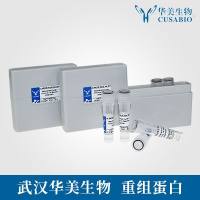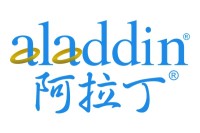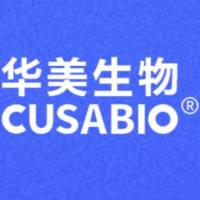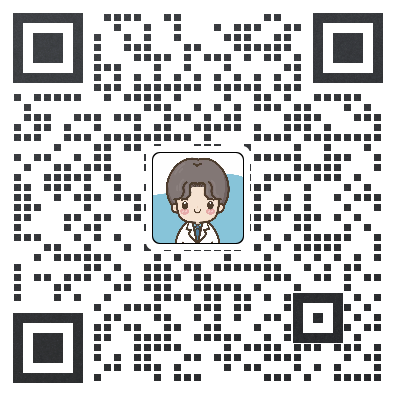Posttranslational Processing of Peptide Precursors to Fragments
互联网
896
In theory only one excitatory and one inhibitory transmitter should be sufficient to operate the nervous system. Therefore the recent discovery that, besides an already large number of well-established classical neurotransmitters, many small peptides are also capable of converting neural signals into physiological responses, has evoked both interest and doubt. There seem to be about two dozen peptide neurotransmitter candidates and the number is increasing rapidly. Peptides that may serve as neurotransmitters or neuromodulators have been found in both the central nervous system and in a wide variety of peripheral organs. These include angiotensin II, members of the gastrinl/ cholecystokinin family, as well as large peptide hormones, such as prolactin, growth hormone, insulin, glucagon, and many peptides derived from proopiomelanocortin (POMC), the common precursor to ACTH and β-endorphin in the pituitary. In peripheral tissues some of these peptides have been shown or were already known to be released in the circulation, where they could act as hormones. The cells responsible for the synthesis of these neuropeptides have been assigned to Pearse’s category of APUD (amine precursor uptake and decarboxylation) cells (Pearse, 1969 ). APUD cells constitute a system often referred to as the diffuse neuroendocrine system (Pearse and Takor, 1979 ). For this reason these peptides are often called neuroendocrine peptides






